In recent years, ceramic 3D printing has emerged as a revolutionary technology with vast applications across diverse sectors. This cutting-edge technology involves the use of clay-based materials to create intricate three-dimensional objects, opening up new possibilities in fields ranging from art and design to healthcare and manufacturing.
Art and Design
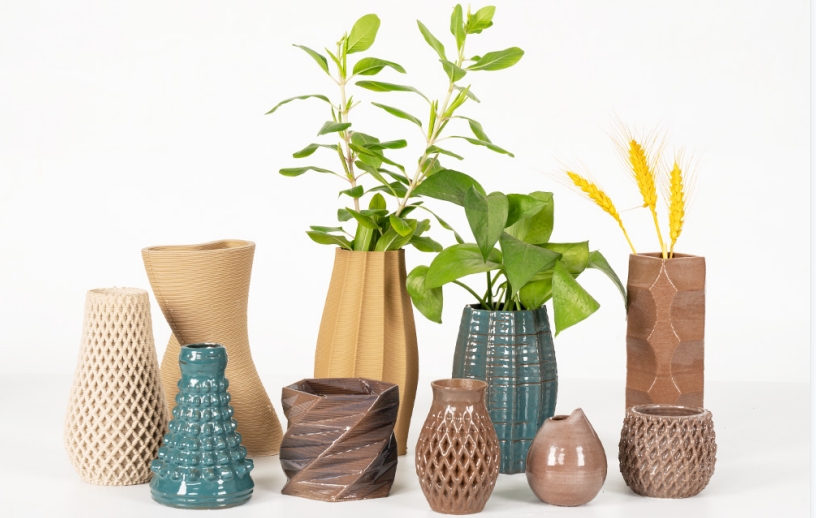
One of the primary areas where ceramic 3D printers have made a significant impact is in the realm of art and design. Artists and designers are now able to bring their imaginations to life with unparalleled precision and detail. The ability to create intricate ceramic sculptures and art pieces with the help of 3D printing technology has transformed the traditional art landscape, allowing for greater experimentation and pushing the boundaries of creativity.
Healthcare Sector
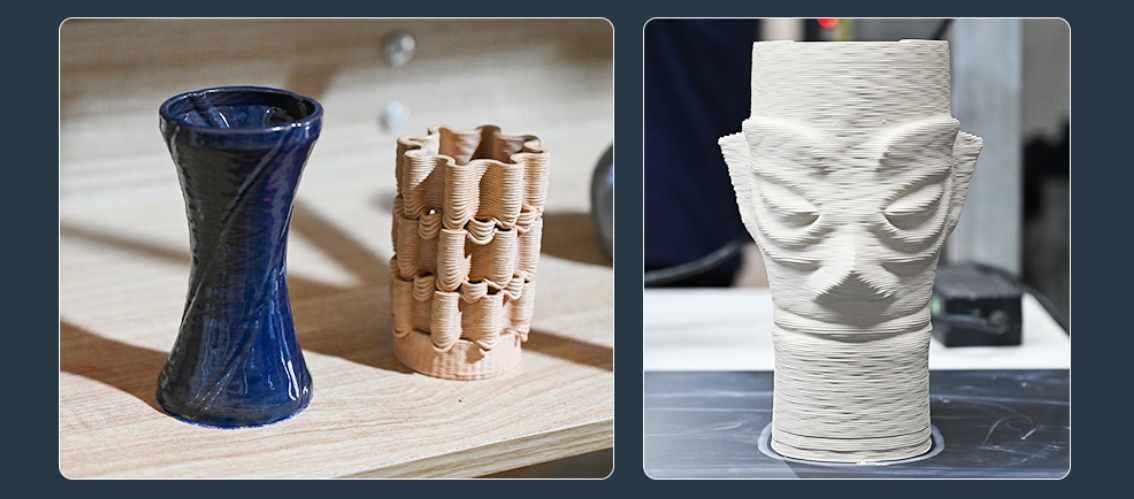
In the healthcare sector, ceramic 3D printing has found applications in the production of custom implants and prosthetics. The technology allows for the creation of personalized and precisely tailored implants that match the unique anatomical features of individual patients. This not only improves the effectiveness of medical interventions but also enhances patient comfort and reduces recovery times.
The aerospace industry
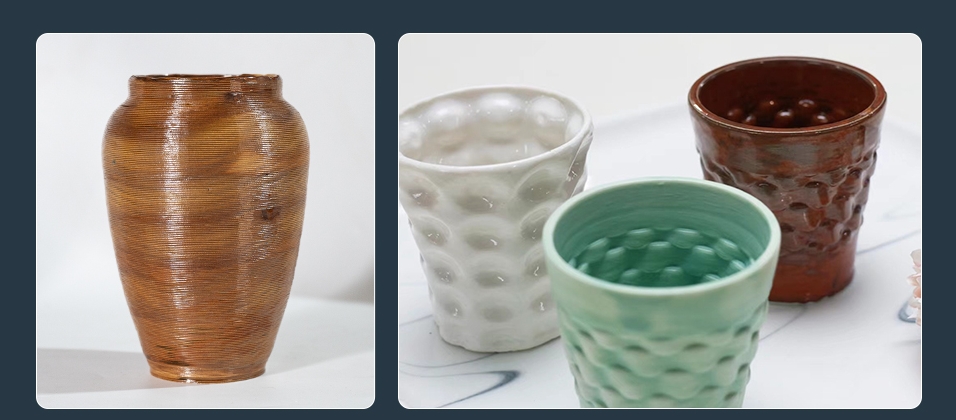
The aerospace industry has also embraced ceramic 3D printing for its ability to produce lightweight and durable components. Ceramic materials are known for their high strength and heat resistance, making them ideal for use in aircraft and spacecraft components. The ability to 3D print these parts allows for complex geometries and designs that were previously challenging or impossible to achieve through traditional manufacturing methods.
Architecture

In architecture, ceramic 3D printing is revolutionizing the way buildings and structures are designed and constructed. The technology enables architects to create intricate facades and structures that were once only imaginable. Additionally, the use of ceramic materials provides durability and sustainability, contributing to the development of eco-friendly and aesthetically pleasing architectural designs.
Automotive Industry
The automotive industry is another sector benefiting from the advancements in ceramic 3D printing. The technology is employed to manufacture lightweight and high-strength components, contributing to the overall efficiency and performance of vehicles. The ability to produce complex shapes and structures with precision allows for innovation in design and functionality within the automotive sector.
Electronic Components
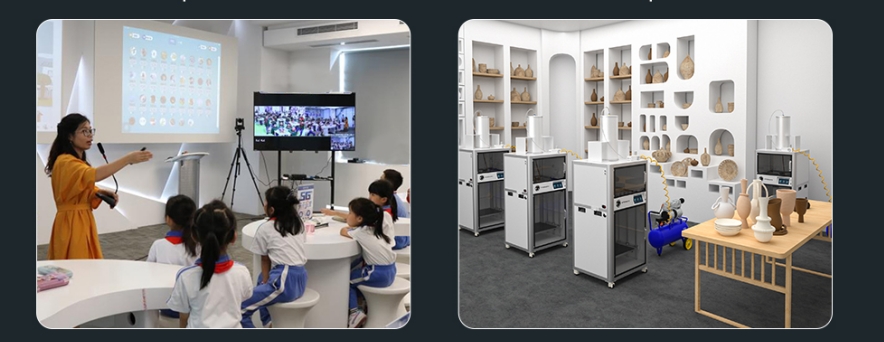
Ceramic 3D printing also plays a crucial role in the production of electronic components. The high thermal conductivity of ceramic materials makes them suitable for creating heat-resistant and efficient electronic devices. This has implications for the development of advanced electronics, including sensors, capacitors, and other components used in various industries.
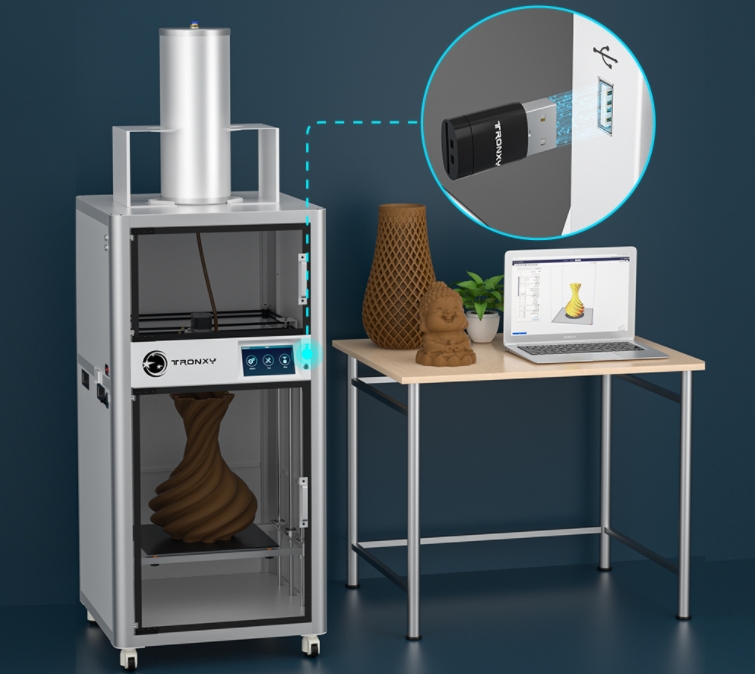
In conclusion
The applications of ceramic 3D printing are vast and continue to expand across diverse fields. From art and healthcare to aerospace and electronics, this technology is reshaping industries by providing new possibilities in design, customization, and efficiency. As the technology evolves, we can expect even more exciting developments and innovations in the world of ceramic 3D printing.






